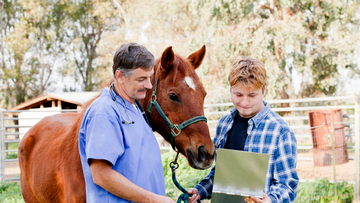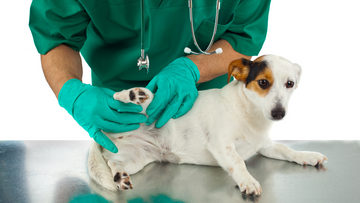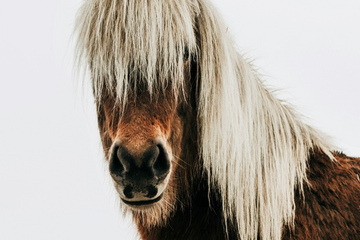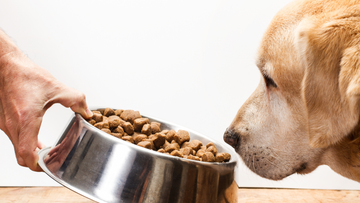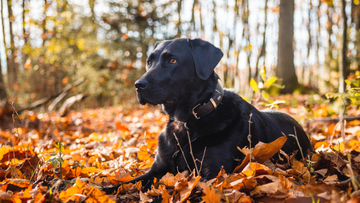As a responsible horse owner, you know that keeping a close eye on your equine companion's health is crucial. After all, A big part of owning a horse is daily care and management. One vital aspect of equine care is monitoring your horse's temperature regularly and knowing what is normal.
Keep reading, and you’ll learn what constitutes a normal horse temperature, the best methods for taking it, and some practical tips that can empower you to provide optimal care for your four-legged friend!
What is a Normal Horse Temperature?
 Before delving into the how-to, it’s essential to understand what is considered a normal horse temperature. The average horse temperature ranges between 99.5°F and 101.5°F, which is 37.5°C to 38.6°C.
Before delving into the how-to, it’s essential to understand what is considered a normal horse temperature. The average horse temperature ranges between 99.5°F and 101.5°F, which is 37.5°C to 38.6°C.
Knowing this baseline is crucial for identifying potential health issues early on. It’s also helpful to take your horse’s temperature once a day over a few days to understand your horse’s baseline temperature.
Best Method for Taking a Horse’s Temperature
A rectal thermometer is the most accurate method for measuring a horse’s temperature. This may sound intimidating if you’ve never used a rectal thermometer before, but it doesn’t have to be!
Here’s a step-by-step guide:
- Lubricate the thermometer to ease insertion. Vaseline is an excellent lubricant for this purpose.
- Stand on the left side of your horse, holding the tail to the side with one hand.
- Slowly and gently insert the thermometer into the rectum, angling it slightly downward.
- Wait for the thermometer to beep or consult the recommended time for accurate readings.
It’s really that easy!
Digital vs. Mercury Thermometers
If you have the choice, opt for digital thermometers over traditional mercury ones. Digital thermometers are safer, easier to read, and provide quick results, minimizing stress for you and your horse!
Tips and Tricks for Successful Temperature Monitoring
Choose Your Environment
A calm environment is crucial for an easy temperature check. A loud or chaotic environment may escalate your horse, which can be dangerous when you are behind them. A quiet, serene environment will reduce stress and make the process more manageable.
Use Lubrication
Applying a lubricant like Vaseline or KY Jelly to the thermometer facilitates a smoother insertion, making the experience more comfortable for your horse.
Get Help
If your horse tends to be fidgety or anxious, having a second person to assist can make the process smoother. This person can help keep the horse calm while you focus on taking the temperature.
Troubleshooting Common Challenges
Some horses may resist having their temperature taken. To address this, use positive reinforcement, like treats or soothing words, to reward good behavior. Gradually acclimate your horse to the process to reduce stress on both you and your horse.
If you’re having trouble inserting the thermometer, check for any signs of discomfort or resistance from your horse. Adjust the angle and approach slowly, calmly talking to your horse.
Taking the Temperature of a Spooky Horse
Sometimes, horses can be particularly spooky while getting their temperature checked. Train your horse to become accustomed to temperature checks from a young age. Make it a part of their routine and reward them for cooperation. No matter what, patience is critical in building a positive association with the process.
If you find handling your horse during temperature checks challenging, consider working with a trainer. Veterinarians and trainers can provide guidance and support if your horse struggles to settle while getting his temperature checked.
Monitoring your horse’s temperature is a fundamental part of responsible horse care. Understanding what constitutes an average horse temperature, using the best measurement methods, and incorporating practical tips into your routine will contribute to your horse’s overall well-being. Being proactive and attentive lets you catch potential health issues early on, ensuring your equine companion has a long and happy life!





